-
 Bitcoin
Bitcoin $118000
0.67% -
 Ethereum
Ethereum $3750
0.71% -
 XRP
XRP $3.183
1.61% -
 Tether USDt
Tether USDt $1.000
-0.01% -
 BNB
BNB $788.1
1.21% -
 Solana
Solana $186.0
0.85% -
 USDC
USDC $0.9999
-0.02% -
 Dogecoin
Dogecoin $0.2373
1.25% -
 TRON
TRON $0.3204
1.76% -
 Cardano
Cardano $0.8266
1.85% -
 Hyperliquid
Hyperliquid $44.04
1.28% -
 Sui
Sui $4.192
5.88% -
 Stellar
Stellar $0.4399
2.63% -
 Chainlink
Chainlink $18.40
1.19% -
 Hedera
Hedera $0.2842
9.06% -
 Bitcoin Cash
Bitcoin Cash $560.5
2.46% -
 Avalanche
Avalanche $24.99
4.58% -
 Litecoin
Litecoin $114.5
1.25% -
 UNUS SED LEO
UNUS SED LEO $8.980
-0.03% -
 Shiba Inu
Shiba Inu $0.00001406
0.53% -
 Toncoin
Toncoin $3.306
4.27% -
 Ethena USDe
Ethena USDe $1.001
0.03% -
 Polkadot
Polkadot $4.169
2.37% -
 Uniswap
Uniswap $10.56
1.95% -
 Monero
Monero $322.8
1.06% -
 Dai
Dai $0.0000
0.00% -
 Bitget Token
Bitget Token $4.545
0.12% -
 Pepe
Pepe $0.00001261
1.29% -
 Aave
Aave $296.5
1.27% -
 Cronos
Cronos $0.1379
5.90%
How to use the chip vacuum zone theory to calculate the minimum target position after the breakthrough?
The Chip Vacuum Zone Theory helps traders predict minimum target positions by identifying chip concentration zones after a cryptocurrency breaks through resistance or support levels.
Jun 10, 2025 at 02:49 pm

In the world of cryptocurrency, understanding market dynamics and using various theories to predict price movements can be crucial for traders. One such theory that has gained attention among crypto enthusiasts is the Chip Vacuum Zone Theory. This theory is particularly useful for calculating the minimum target position after a breakthrough in the market. Let's dive into how you can apply this theory effectively.
Understanding the Chip Vacuum Zone Theory
The Chip Vacuum Zone Theory is based on the concept that when a cryptocurrency breaks through a resistance or support level, it often moves towards a zone where there is a significant concentration of chips (or tokens). These zones are areas where many investors have bought or sold their assets, creating a "vacuum" that the price tends to gravitate towards.
The theory suggests that after a breakthrough, the price will likely move towards the next significant chip concentration zone, which can be identified by analyzing historical trading data and volume. This zone is considered the minimum target position after the breakthrough.
Identifying Chip Concentration Zones
To effectively use the Chip Vacuum Zone Theory, you must first identify the chip concentration zones. Here's how you can do it:
- Analyze Historical Data: Use cryptocurrency charting tools to look at historical price and volume data. Platforms like TradingView or Coinigy can be very helpful for this purpose.
- Look for Volume Spikes: High volume areas often indicate where many traders have entered or exited positions. These areas are potential chip concentration zones.
- Identify Key Price Levels: Pay attention to levels where the price has historically shown strong support or resistance. These levels often coincide with chip concentration zones.
Calculating the Minimum Target Position
Once you have identified the chip concentration zones, you can calculate the minimum target position after a breakthrough. Here's a step-by-step guide:
- Determine the Breakthrough Point: Identify the exact point where the price breaks through a significant resistance or support level.
- Find the Next Chip Concentration Zone: Look at the chart to find the next significant chip concentration zone above or below the breakthrough point, depending on the direction of the breakout.
- Calculate the Distance: Measure the distance between the breakthrough point and the next chip concentration zone. This distance will be your minimum target position.
For example, if the price breaks through a resistance at $100 and the next significant chip concentration zone is at $120, the minimum target position after the breakthrough would be $120.
Using Technical Indicators to Confirm
While the Chip Vacuum Zone Theory provides a solid foundation for predicting minimum target positions, using technical indicators can help confirm your analysis. Some useful indicators include:
- Moving Averages: These can help identify trends and potential support or resistance levels.
- Relative Strength Index (RSI): This can indicate whether a cryptocurrency is overbought or oversold, helping you gauge the strength of the breakout.
- Volume Indicators: Tools like the On-Balance Volume (OBV) can help confirm the significance of the chip concentration zones.
Practical Application in Trading
Applying the Chip Vacuum Zone Theory in real trading scenarios requires practice and careful observation. Here are some practical tips:
- Backtesting: Before using this theory in live trading, backtest it on historical data to see how well it performs. This will give you confidence in its effectiveness.
- Combine with Other Strategies: Don't rely solely on the Chip Vacuum Zone Theory. Combine it with other trading strategies and indicators to increase your chances of success.
- Stay Updated: Cryptocurrency markets are highly volatile and influenced by various factors. Stay updated with market news and events that could impact your trading decisions.
Risk Management
When using the Chip Vacuum Zone Theory to calculate minimum target positions, it's essential to implement robust risk management strategies. Here are some key points to consider:
- Set Stop-Loss Orders: Always set stop-loss orders to limit potential losses if the market moves against your prediction.
- Position Sizing: Manage your position sizes carefully to avoid significant losses. Never risk more than you can afford to lose.
- Diversify: Don't put all your funds into one cryptocurrency. Diversify your portfolio to spread risk.
Frequently Asked Questions
Q: Can the Chip Vacuum Zone Theory be applied to all cryptocurrencies?
A: Yes, the Chip Vacuum Zone Theory can be applied to any cryptocurrency, but its effectiveness may vary depending on the liquidity and trading volume of the asset. More liquid cryptocurrencies with higher trading volumes tend to have more reliable chip concentration zones.
Q: How often should I re-evaluate the chip concentration zones?
A: It's advisable to re-evaluate the chip concentration zones regularly, especially after significant price movements or market events. Weekly or monthly reviews can help keep your analysis up-to-date.
Q: What are the limitations of the Chip Vacuum Zone Theory?
A: While the Chip Vacuum Zone Theory can be a useful tool, it has limitations. It does not account for sudden market shifts due to external factors like regulatory news or macroeconomic events. Additionally, the accuracy of the theory can be affected by low liquidity or manipulation in the market.
Q: Can the Chip Vacuum Zone Theory be used for short-term trading?
A: The Chip Vacuum Zone Theory is generally more effective for medium to long-term trading due to the nature of chip concentration zones. However, it can be adapted for short-term trading by focusing on smaller time frames and more frequent analysis of chip concentration zones.
Disclaimer:info@kdj.com
The information provided is not trading advice. kdj.com does not assume any responsibility for any investments made based on the information provided in this article. Cryptocurrencies are highly volatile and it is highly recommended that you invest with caution after thorough research!
If you believe that the content used on this website infringes your copyright, please contact us immediately (info@kdj.com) and we will delete it promptly.
- Tron ETF, Staking Rewards, and Institutional Capital: A New Era for TRX?
- 2025-07-27 12:50:13
- Bitcoin Reserves, Price, and Hyper Up: Riding the Crypto Wave to $1M?
- 2025-07-27 12:55:12
- Smart Money Moves: Wallet Withdrawal, SPX Accumulation, and What It All Means
- 2025-07-27 12:30:12
- Ethereum, Justin Sun, and Market Speculation: A Crypto Cocktail
- 2025-07-27 12:30:12
- Meme Coins in July 2025: Bitcoin Takes a Backseat?
- 2025-07-27 10:30:12
- HIFI Price Eyes Breakout: Downtrend Line in the Crosshairs?
- 2025-07-27 10:30:12
Related knowledge
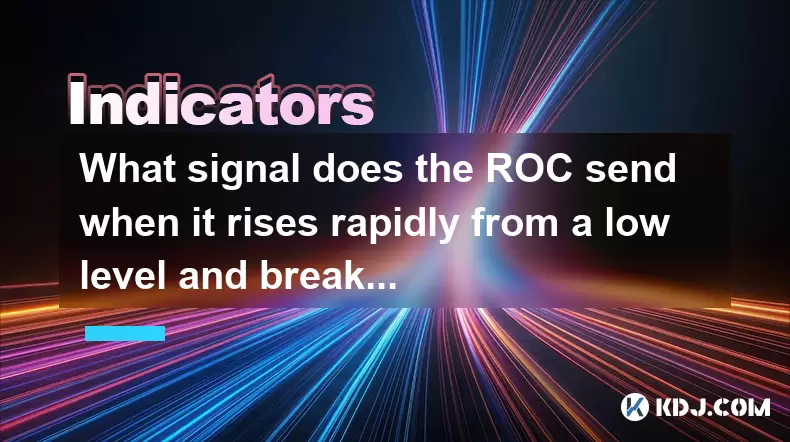
What signal does the ROC send when it rises rapidly from a low level and breaks through the zero axis?
Jul 27,2025 at 10:15am
Understanding the Rate of Change (ROC) IndicatorThe Rate of Change (ROC) is a momentum-based oscillator used in technical analysis to measure the perc...
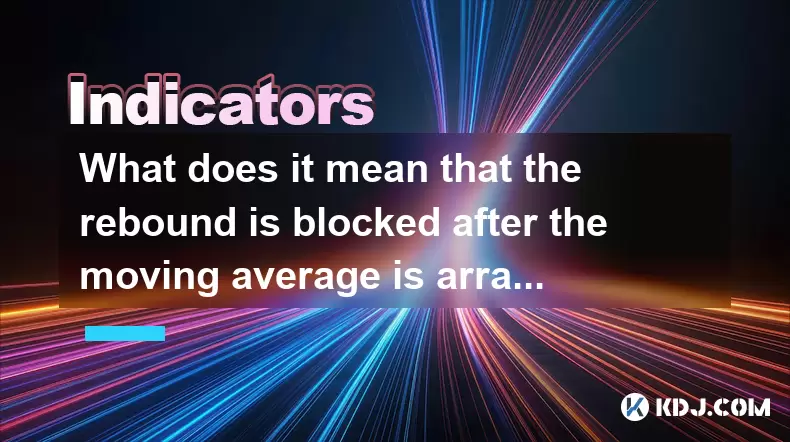
What does it mean that the rebound is blocked after the moving average is arranged in a short position for the first time?
Jul 26,2025 at 10:51am
Understanding the Short-Term Moving Average ConfigurationWhen traders refer to a 'short position arrangement' in moving averages, they are describing ...
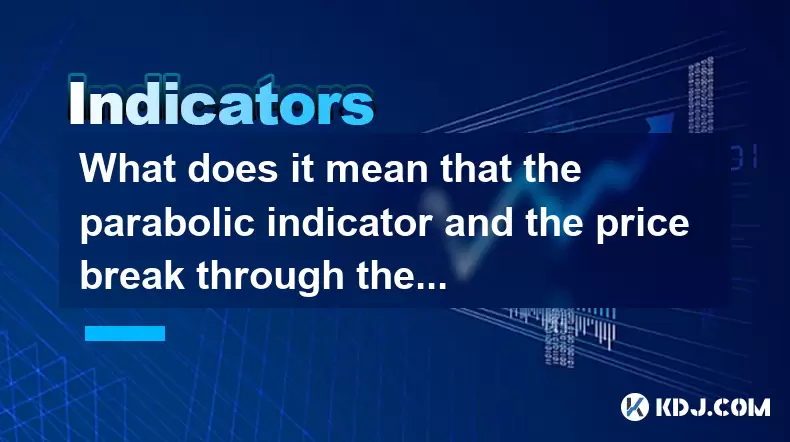
What does it mean that the parabolic indicator and the price break through the previous high at the same time?
Jul 26,2025 at 07:22pm
Understanding the Parabolic Indicator (SAR)The Parabolic SAR (Stop and Reverse) is a technical analysis tool developed by J. Welles Wilder to identify...
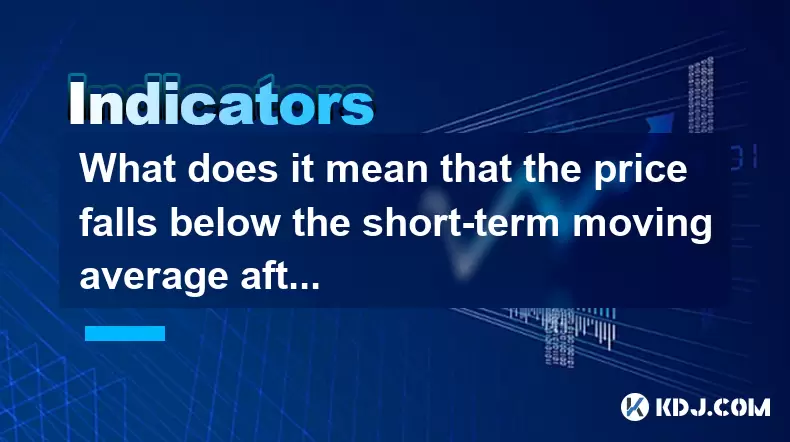
What does it mean that the price falls below the short-term moving average after the RSI top divergence?
Jul 26,2025 at 11:01pm
Understanding RSI Top Divergence in Cryptocurrency TradingThe Relative Strength Index (RSI) is a momentum oscillator widely used in cryptocurrency tra...
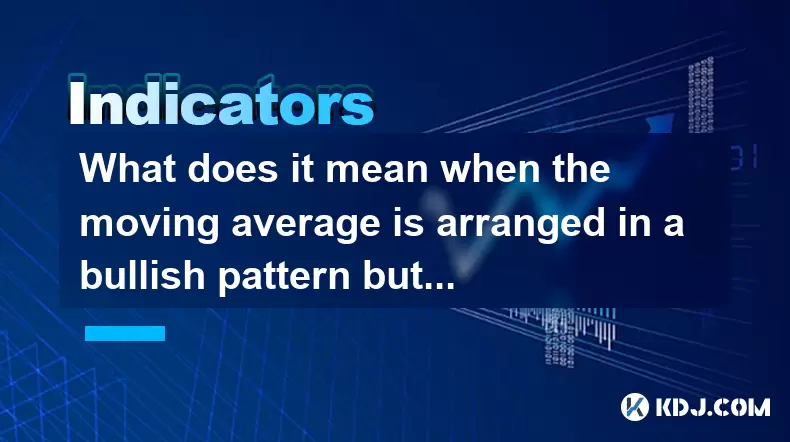
What does it mean when the moving average is arranged in a bullish pattern but the MACD bar is shortened?
Jul 27,2025 at 06:07am
Understanding the Bullish Moving Average PatternWhen traders observe a bullish moving average pattern, they typically refer to a configuration where s...
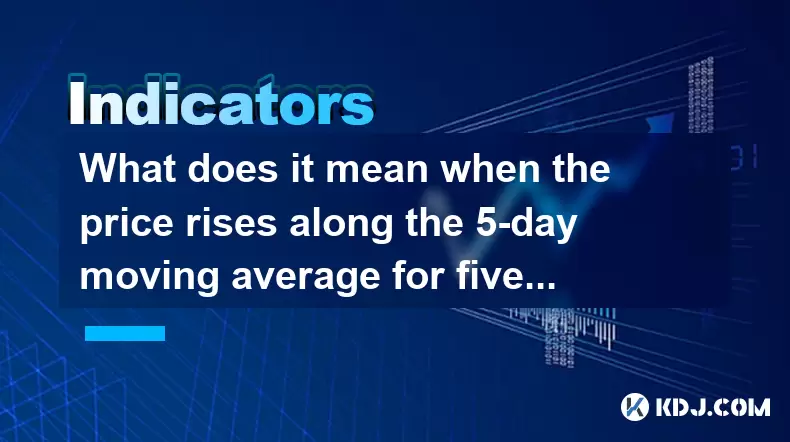
What does it mean when the price rises along the 5-day moving average for five consecutive days?
Jul 26,2025 at 08:07am
Understanding the 5-Day Moving Average in Cryptocurrency TradingThe 5-day moving average (5DMA) is a widely used technical indicator in cryptocurrency...

What signal does the ROC send when it rises rapidly from a low level and breaks through the zero axis?
Jul 27,2025 at 10:15am
Understanding the Rate of Change (ROC) IndicatorThe Rate of Change (ROC) is a momentum-based oscillator used in technical analysis to measure the perc...

What does it mean that the rebound is blocked after the moving average is arranged in a short position for the first time?
Jul 26,2025 at 10:51am
Understanding the Short-Term Moving Average ConfigurationWhen traders refer to a 'short position arrangement' in moving averages, they are describing ...

What does it mean that the parabolic indicator and the price break through the previous high at the same time?
Jul 26,2025 at 07:22pm
Understanding the Parabolic Indicator (SAR)The Parabolic SAR (Stop and Reverse) is a technical analysis tool developed by J. Welles Wilder to identify...

What does it mean that the price falls below the short-term moving average after the RSI top divergence?
Jul 26,2025 at 11:01pm
Understanding RSI Top Divergence in Cryptocurrency TradingThe Relative Strength Index (RSI) is a momentum oscillator widely used in cryptocurrency tra...

What does it mean when the moving average is arranged in a bullish pattern but the MACD bar is shortened?
Jul 27,2025 at 06:07am
Understanding the Bullish Moving Average PatternWhen traders observe a bullish moving average pattern, they typically refer to a configuration where s...

What does it mean when the price rises along the 5-day moving average for five consecutive days?
Jul 26,2025 at 08:07am
Understanding the 5-Day Moving Average in Cryptocurrency TradingThe 5-day moving average (5DMA) is a widely used technical indicator in cryptocurrency...
See all articles

























































































